Can 3D printing save history?
3D scans, 3D modelling and 3D printing to the rescue…
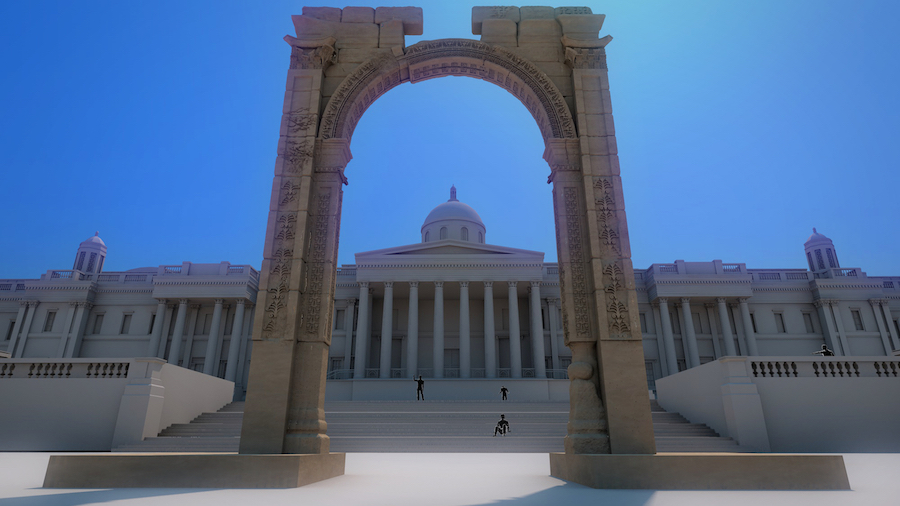
360 degree photos and video are most associated with virtual reality, but 3D modelling is now being used to faithfully reconstruct – and even 3D-print – ancient monuments and artefacts. Palmyra in Syria is an UNESCO World Heritage Site, a 1,800-year-old Roman monument all but destroyed late last year by Daesh.
While the 250,000 people killed, 6.5 million displaced and 4.8 million refugees since 2011 (UN estimates) are the real tragedy of the Syrian conflict, the speedy resurrection of Palmyra's famous Arch of Triumph using 3D photos and 3D modelling techniques is being hailed as a defiant act. The message? If they knock it down, we have the technology to rebuild it – and quickly.
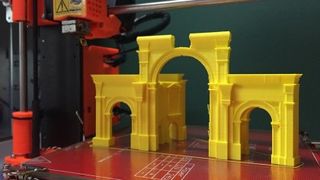
Pioneering project
Reconstructed using a 3D computer model created from photographs, the Harvard University-based Institute for Digital Archaeology (IDA) last week displayed in Trafalgar Square, London, a life-size replica of the Arch of Triumph. The replica will arrive at the now secure Palmyra site later this year.
Not only is it a pioneering project for a new generation of digital archaeologists, but it's all happened very quickly. So very quickly, in fact, that some worry that it's become a propaganda tool for the Assad regime. Others think it a defiant message to anyone disrespecting critical world heritage. Either way, there's no doubting that technology will play a huge role in resurrecting Palmyra and other world heritage sites.
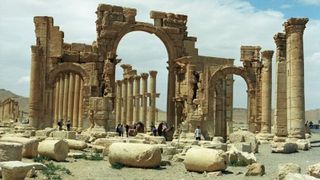
Eye in the sky
Given the anticipated vandalism of Daesh, 2014-15 saw something of a rush to 3D-scan world heritage sites in Syria. Digital archaeologist Bassel Khartabil started his New Palmyra Project, CyArk and the Lahore University of Management Sciences digitally documented heritage sites in Pakistan, and the IDA populated its open-source Million Images Database, capturing millions of 3D images of threatened objects.
After the capture of Palmyra, before and after satellite imagery from UrtheCast was consulted by the UN to confirm the site's devastation. UrtheCast's goal is to monitor all world heritage sites daily – close-up 3D scans are one thing, but the world's heritage sites need constant monitoring. From the skies above.
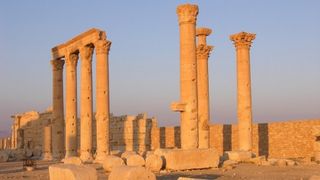
Drones and 3D printing grids
A team from UNESCO has just visited Palmyra to assess the damage, armed with radar to scan beneath the monuments, and with drones to produce 2D aerial images of them from the air. Faithful reconstruction demands precision, so the entire site will again be mapped in 3D.
Are you a pro? Subscribe to our newsletter
Sign up to the TechRadar Pro newsletter to get all the top news, opinion, features and guidance your business needs to succeed!
"A machine in one or two hours gives you a perfect reconstruction of an object … before it would take weeks and weeks," Francesco Bandarin, assistant director-general for culture at UNESCO, told the Wall Street Journal.
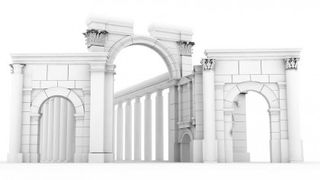
However, the main work has already been done. The IDA already had 360-degree images from Palmyra in the Million Image Database, and has therefore been able to accurately reconstruct the Arch of Triumph using proprietary cement-based 3D printing techniques. A 3D printing grid will be set up on the site itself to repair other sections.
Top Image Credit: Institute for Digital Archaeology
- 1
- 2
Current page: Introduction and eye in the sky
Next Page King Tut's tomb and virtual reconstructionJamie is a freelance tech, travel and space journalist based in the UK. He’s been writing regularly for Techradar since it was launched in 2008 and also writes regularly for Forbes, The Telegraph, the South China Morning Post, Sky & Telescope and the Sky At Night magazine as well as other Future titles T3, Digital Camera World, All About Space and Space.com. He also edits two of his own websites, TravGear.com and WhenIsTheNextEclipse.com that reflect his obsession with travel gear and solar eclipse travel. He is the author of A Stargazing Program For Beginners (Springer, 2015),

Necessity is the mother of invention: Huawei is pairing its supercharged SSD with a 60-year old piece of technology — seemingly because of US export restrictions

Here's a great idea! MSI is giving away Microsoft 365 office suite with some of its laptops in Japan — so when will that be extended globally?
Most Popular


